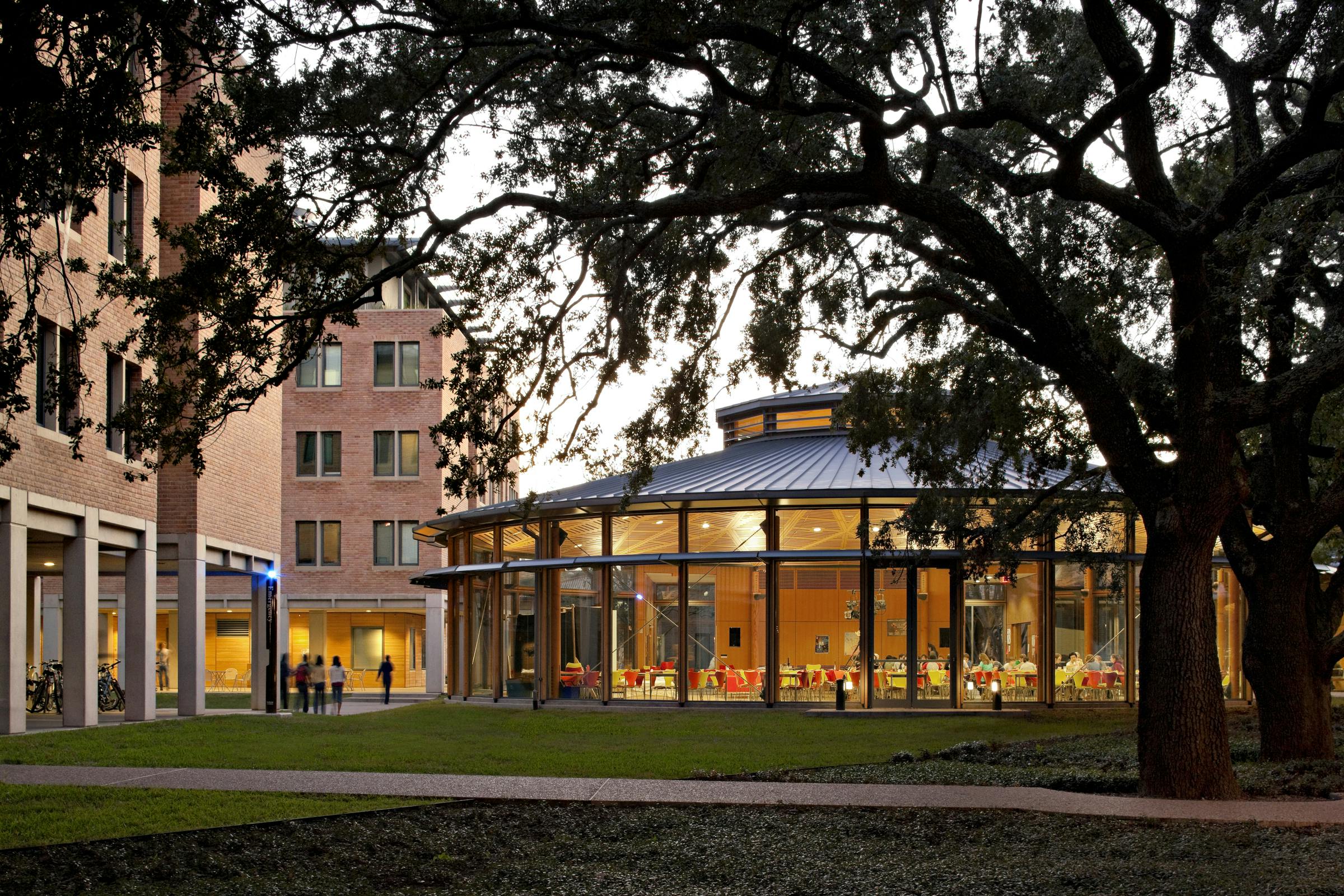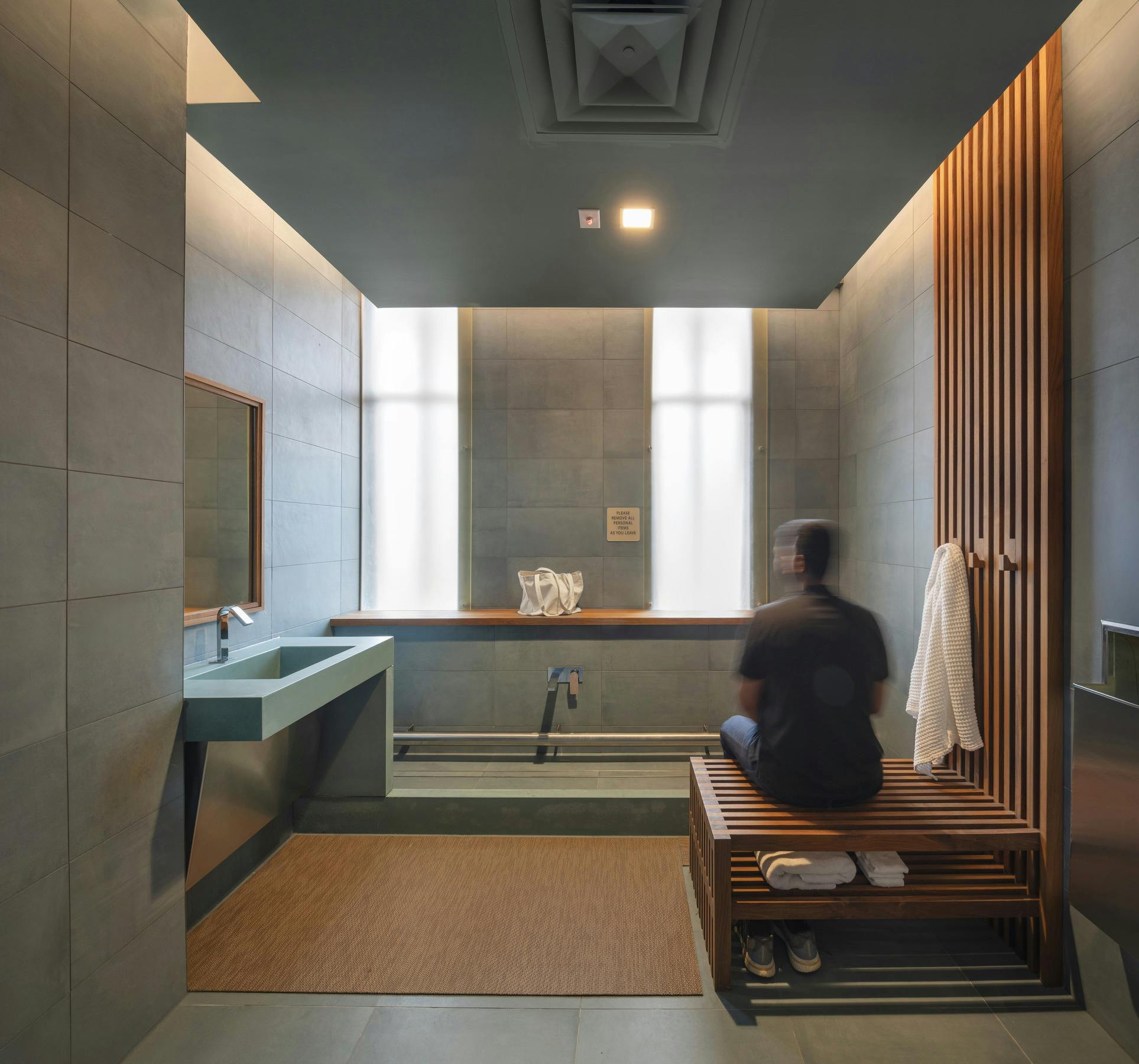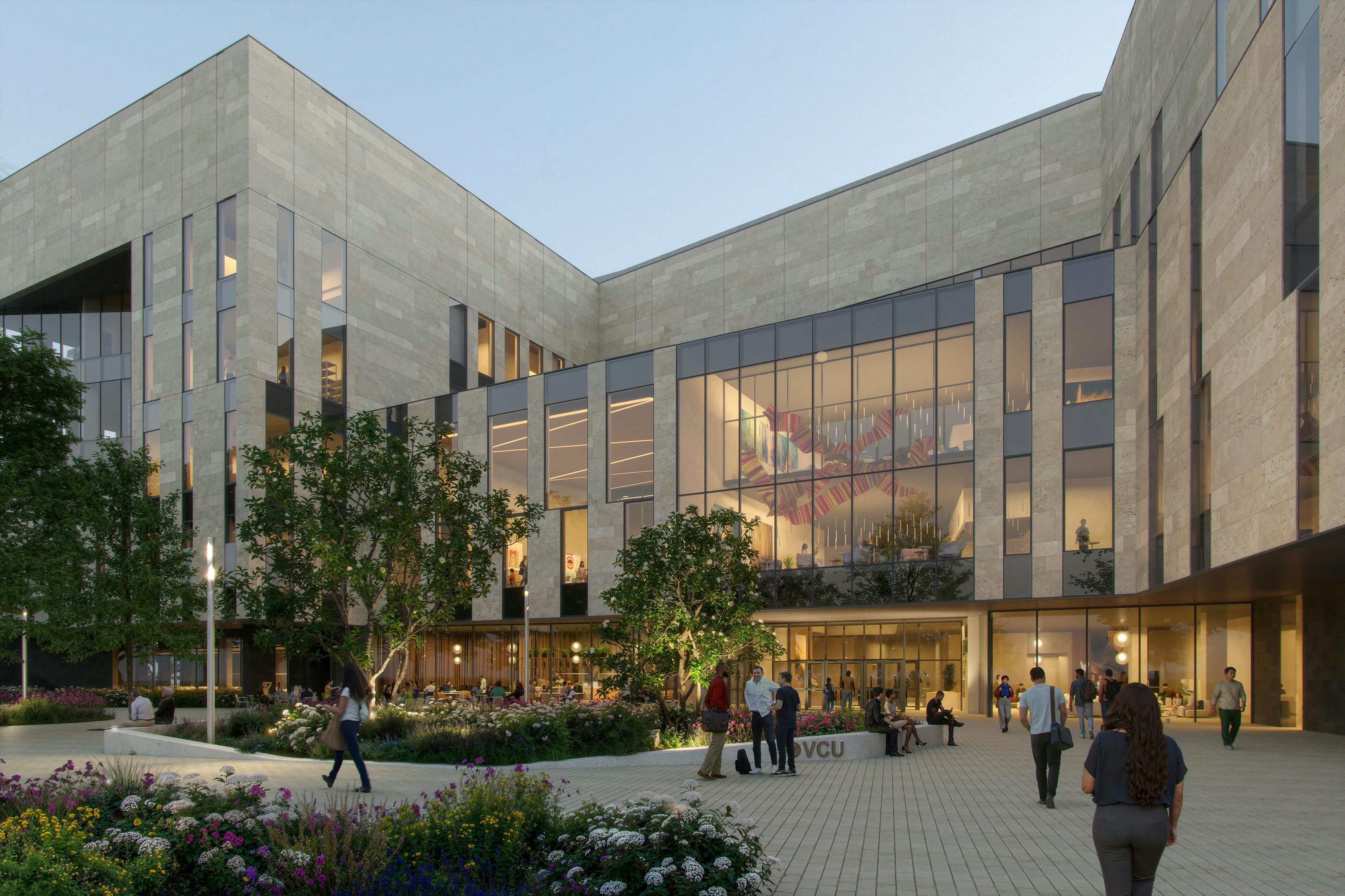



McMurtry + Duncan Residential Colleges
Rice University elevates undergraduate living with the strategic expansion of residential colleges, embedding them within the campus's mature tree canopy to create efficient, well-integrated communities that evoke a sense of timeless belonging.
The evolution of the residential college system at Rice University has been fundamental to the undergraduate experience. A strategic vision articulated in 2006 emphasized the unique role these colleges play, setting an ambitious goal to accommodate 80 percent of students on campus. This initiative led to the development of McMurtry and Duncan Colleges on the North Campus, transforming a former parking lot into a vibrant community hub. The complex, consisting of seven buildings, surrounds primary and secondary quads, incorporating student and faculty residences, central commons areas, and shared dining facilities. Similarly, on South Campus, the historic Baker and Will Rice colleges underwent thoughtful expansions, including the Baker Servery renovation and the introduction of a new East Servery, to accommodate the growing student body.








The design both respects and enriches the campus's architectural mosaic, drawing inspiration from the original Italian Romanesque style, adapted for the Texas coastal plain. This sensitivity extends to material and scale, with exteriors chosen for their understated elegance, contrasting the more vibrant interiors. Connectivity is a key feature, achieved through covered walkways and perimeter shading, with the uppermost floor of each building recessed to align with neighboring structures, accommodating terraces and gardens alongside a green roof over the shared McMurtry-Duncan servery.






“The planning of the colleges was inspired by the 2004 Rice University Master Plan Study, but the elegant and subtly nuanced final design provided a living and learning environment that hardly could be imagined or surpassed.”
– Barbara White Bryson, former Associate VP for Facilities Engineering and Planning


- Sector: Higher Education
- Scope: Architecture
- Houston, Texas
- 2009
- 271,279 SF
- LEED® Gold
- Photos curtesy of © Robert Benson Photography
- Design Merit Award for Context, AIA Virginia, 2013
- AIA National Specialized Housing Design Award, 2012
- Royal Institute of British Architecture (RIBA) International Award, 2011
- Design Honor Award, AIA Coastal Virginia, 2011
- Award for Excellence, AIA Virginia, 2010
- Special Jury Citation - Interior Design, AIA Virginia, 2009
- Inform Magazine, Object Design, 2009
- Home Delivery: Fabricating the Modern Dwelling, Bathroom pods displayed at the Museum of Modern Art, New York (July - October 2008)
 Rice University East Servery
Rice University East Servery UNC Charlotte Student Center: Space for Wellness
UNC Charlotte Student Center: Space for Wellness Virginia Commonwealth University School of Dentistry
Virginia Commonwealth University School of Dentistry Tulane University Bruff Quad Residential Village
Tulane University Bruff Quad Residential Village East Quad Renovation
East Quad Renovation Smith Hall
Smith Hall Princeton University Hobson College
Princeton University Hobson College Verde Dining Pavilion
Verde Dining Pavilion Western Carolina University Master Plan
Western Carolina University Master Plan